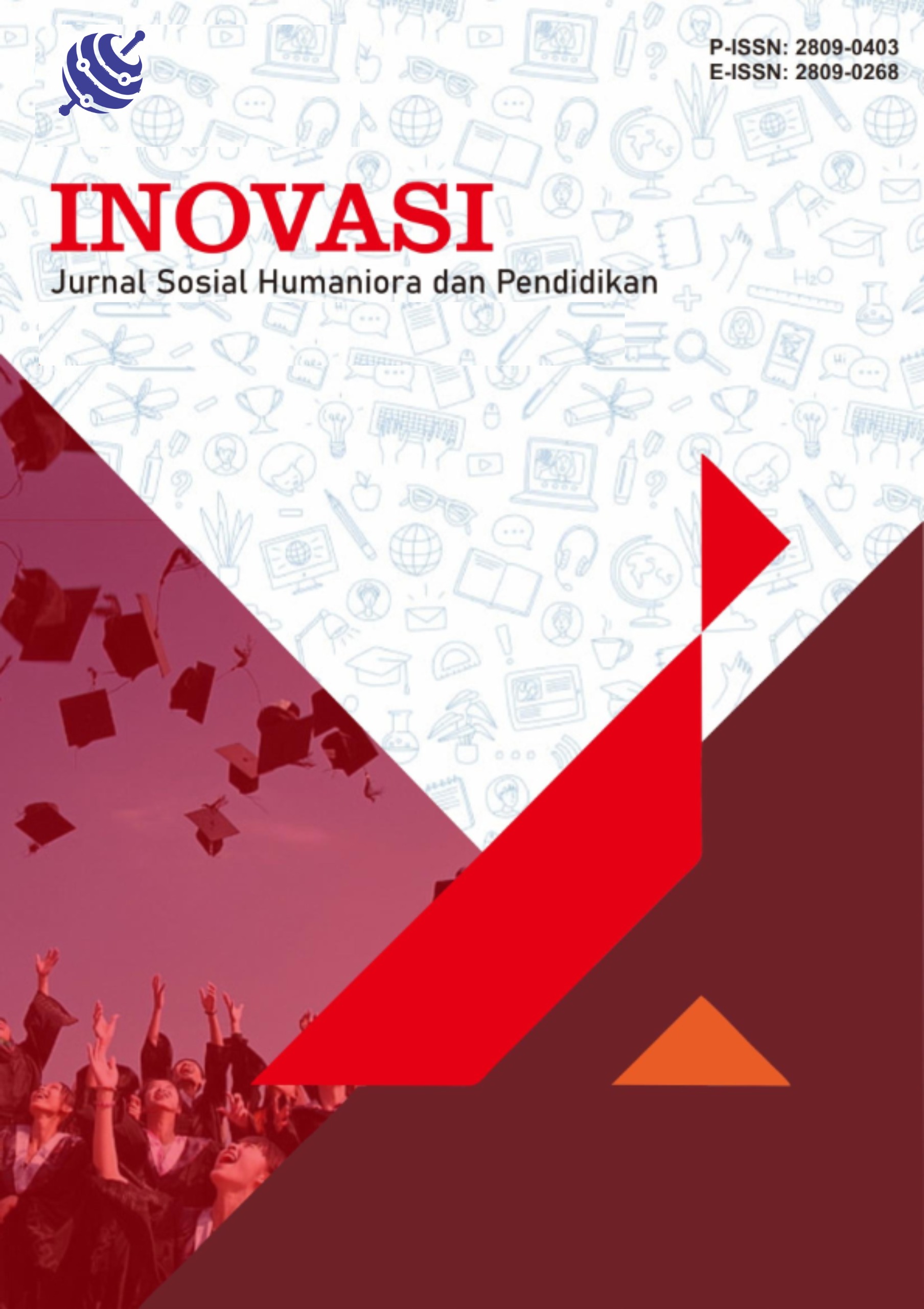Analisis Nilai Kejujuran Dalam Cerita Pendek Pelangi Di Warung Kakek Karya Tiflatul Husna : Sebuah Kajian Reader Response
DOI:
https://doi.org/10.55606/inovasi.v4i3.4438Keywords:
honesty; reader response; children’s short story; character education; cultural contextAbstract
This study investigates elementary-school readers’ constructions of honesty in Tiflatul Husna’s children’s short story “Rainbow at Grandfather’s Shop” through the lens of experimental reader-response theory. It aims to chart how young readers interpret the honesty embodied by Bang Muslim and to examine the mediating effects of socio-cultural background and personal experience on that reception. A qualitative, descriptive-interpretative design was adopted. Data were gathered from textual analysis, closed- and open-ended questionnaires administered to forty pupils at SDIT Mutiara Cendekia, and follow-up interviews, all triangulated across sources. Employing Miles and Huberman’s analytic cycle (data reduction, display, verification), three dominant categories emerged: honesty as sincere assistance, verbal truthfulness, and integrity regarding property. Findings show that 57.5 % of respondents construed Bang Muslim’s honesty primarily as altruistic help, 30 % stressed fidelity to facts, and 12.5 % equated honesty with refraining from taking what is not one’s own. Interpretative variation was conditioned by cultural habitus (Javanese, Malay, Minangkabau, Palembang) and prior exposure to character education. Honesty is thus perceived performatively, as concrete action, rather than as abstract moral diction, underscoring children’s fiction as a potent vehicle for character formation. The study extends reader-response scholarship by presenting a concrete child-reader model and informs curriculum design for Indonesia’s Character Education Strengthening programme. Future work should employ cross-regional comparisons and classroom action research to test the transferability of these insights.
References
Amin, M. (2017). Peran Guru Dalam Menanamkan Nilai Kejujuran Pada Lembaga Pendidikan. Tadbir : Jurnal Studi Manajemen Pendidikan, 1(1), 105–124.
Badudu, J.S. (1984). Sari Kesusastraan Indonesia I. Bandung: CV Pustaka Prima.
Creswell, J. W. (2007) Qualitative Inquiry & Research Design Choosing Among Five Apporoaches. California: Sage Publication Inc.
Denzin, N. K., & Lincoln, Y. S. (2011). The SAGE Handbook of Qualitative Research. Thousand Oaks, CA: Sage.
Iskandar. (2008). Metodologi Penelitian Pendidikan dan Sosial (Kuantitatif dan Kualitatif). Jakarta: Gaung Persada Press.
Kanzunnudin, M. (2012). Peran sastra dalam pendidikan karakter. Universitas Muria Kudus.
Kemdikbud.go.id. (2021). Membangun Potensi Dan Karakter Peserta Didik Untuk Mewujudkan Profil Pelajar Pancasila
Marlina, E., Azzahra, S., & Dewi, R. S. (2024). Strategi Efektif Menanamkan Nilai Kejujuran pada Generasi Muda melalui Pendidikan Karakter. Ainara Journal (Jurnal Penelitian Dan PKM Bidang Ilmu Pendidikan), 5(3), 326–330.
Mutiara Cendekia. Sejarah Mutiara Cendekia. http://mutiaracendekia.sch.id/
Moleong, L. J., & Edisi, P. R. R. B. (2004). Metodelogi penelitian. Bandung: Penerbit Remaja Rosdakarya, 3(01).
Nilamsari, Natalina. (2014). Memahami Studi Dokumen Dalam Penelitian Kualitatif. Wacana, 8 (2), 177–1828
Patton, M. Q. (1987). How to use qualitative methods in evaluation. Sage Publications.
Sarumpaet, R. K. T. (1976). Bacaan anak-anak: Suatu penyelidikan pendahuluan ke dalam hakikat, sifat, dan corak bacaan anak-anak serta minat anak pada bacaannya. UI Press.
Saxby, Maurice & Gordon (Ed). (1991). Give Them Wings: The Experience of Children’s Literature. Melbourne: The Macmillian Company.
Sugiyono. (2013). Metodelogi Penelitian Kuantitatif, Kualitatif Dan R&D. Bandung: ALFABETA
Ulber Silalahi. (2009). Metode Penelitian Sosial.PT Refika Aditama: Bandung.
Wowo Sunaryo Kusuma. (2014). Biopsikologi Pembelajaran Perilaku. Bandung: Alfabeta
Zainal, Achmad. (2024). Pepatah Jawa : Sepi Ing Pamrih Rame Ing Gawe, Masihkah Relevan di zaman serba pamrih?. https://www.panturapost.com/Pepatah Jawa: Sepi Ing Pamrih Rame Ing Gawe, Masihkah Relevan di Zaman Serba Pamrih? - Pantura Post
Downloads
Published
How to Cite
Issue
Section
License
Copyright (c) 2025 Jurnal Sosial Humaniora dan Pendidikan

This work is licensed under a Creative Commons Attribution-ShareAlike 4.0 International License.







